Renal and Mesenteric Artery Insufficiency
Sydney Vascular Surgeon - Dr Mayo Theivendran
What is Renal & Mesenteric Artery Insufficiency?
These conditions affect blood supply to the kidneys and intestines
Renal artery insufficiency, also known as ‘renal artery stenosis’, is a condition where the arteries leading to the kidneys become narrowed or blocked. These arteries supply the kidneys with oxygen-rich blood, and when they are restricted, it can reduce your kidney function.
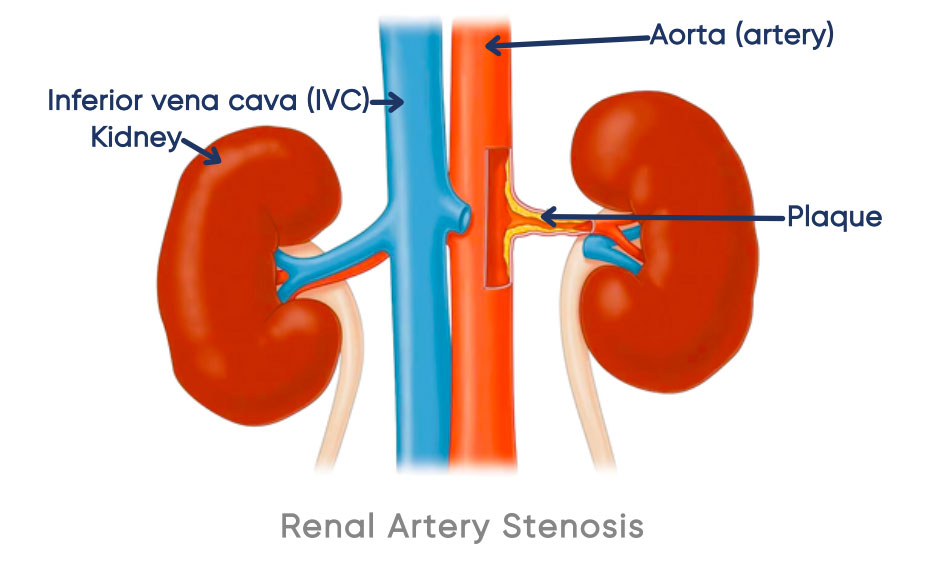
Mesenteric artery insufficiency, or ‘mesenteric ischemia’, is a condition in which the arteries that supply blood to the intestines become narrowed or blocked. These arteries provide vital blood flow to the intestines, and when this flow is reduced, it can lead to significant digestive issues.
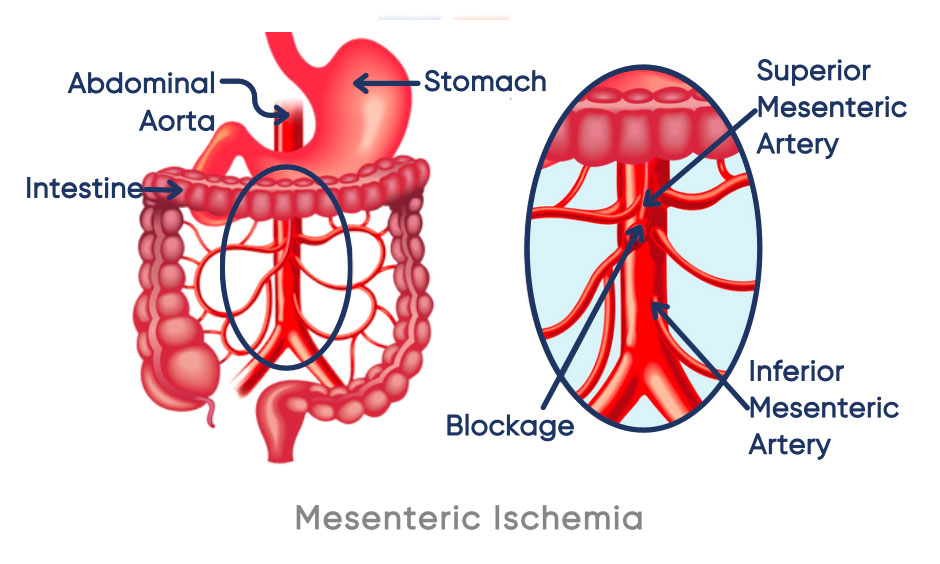
What causes renal and mesenteric artery insufficiency?
The causes of these conditions can vary, but the main ones are:

High blood pressure
Uncontrolled high blood pressure can damage the artery walls, leading to narrowing and reduced blood flow.

Blood clots
Blood clots can form within the renal or mesenteric arteries, leading to blockages.

Fibromuscular dysplasia
This is a condition where the walls of the arteries become thickened, narrowing the passage for blood

Atherosclerosis
This is the build-up of fatty deposits (plaque) on the inner walls of the arteries. Over time, this can narrow the arteries and limit blood flow.

Trauma
A physical injury to a renal or mesenteric artery can cause reduced blood flow.
What are the symptoms of renal artery insufficiency?
The symptoms of renal artery insufficiency can be challenging to identify, and they often mimic other health issues. Some common signs to look out for include:
High blood pressure
One of the most common signs is sudden high blood pressure, especially if it is challenging to control with medication.
Decreased kidney function
Decreased kidney function: This can lead to reduced urine output, swelling in the ankles and legs, and difficulty managing electrolyte balance.
Flank pain
You may experience pain in your side, particularly if the insufficiency is affecting only one kidney.
What are the symptoms of mesenteric artery insufficiency?
Mesenteric artery insufficiency can be acute or chronic, with different sets of symptoms:
Acute mesenteric artery insufficiency
This is an unusual condition but left untreated it can have serious consequences. The symptoms can include:
- Severe abdominal pain, often out of proportion to the physical findings
- Vomiting
- Diarrhoea
- Abdominal tenderness.

Acute mesenteric ischaemia tends to affect men & women equally.
Chronic mesenteric artery insufficiency
This type of mesenteric artery insufficiency usually comes on more gradually. The common symptoms are:
- Abdominal pain or discomfort after eating (usually within 30 minutes to 2 hours)
- Fear of eating due to the pain
- Weight loss
- Nausea and vomiting
- Diarrhoea or constipation.

Chronic mesenteric ischaemia is 3x more common in women.
How are renal and mesenteric artery insufficiency diagnosed?
Accurate diagnosis of these conditions is crucial for determining the appropriate treatment. Several methods can be used for diagnosis:

Ultrasound
This non-invasive test uses sound waves to create images of the blood vessels. It can identify blockages or narrowing in the arteries leading to the kidneys or intestines.

CT angiography
A CT scan with contrast dye is used to create detailed images of the arteries, which can reveal any blockages or constrictions.

MRI angiography
Similar to CT angiography, this procedure uses magnetic fields and radio waves to produce detailed images.

Blood tests
Blood tests may be performed to assess kidney function or look for signs of inflammation or infection.

Arteriography
A contrast dye can be injected directly into the arteries to provide a clear view of any blockages.
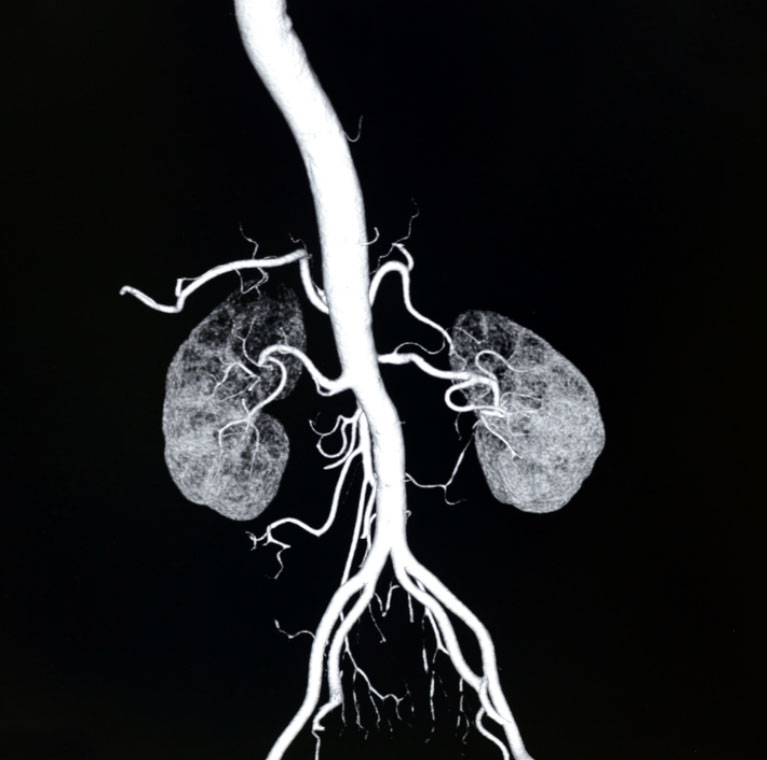
Renal Arteries
(CT Scan)
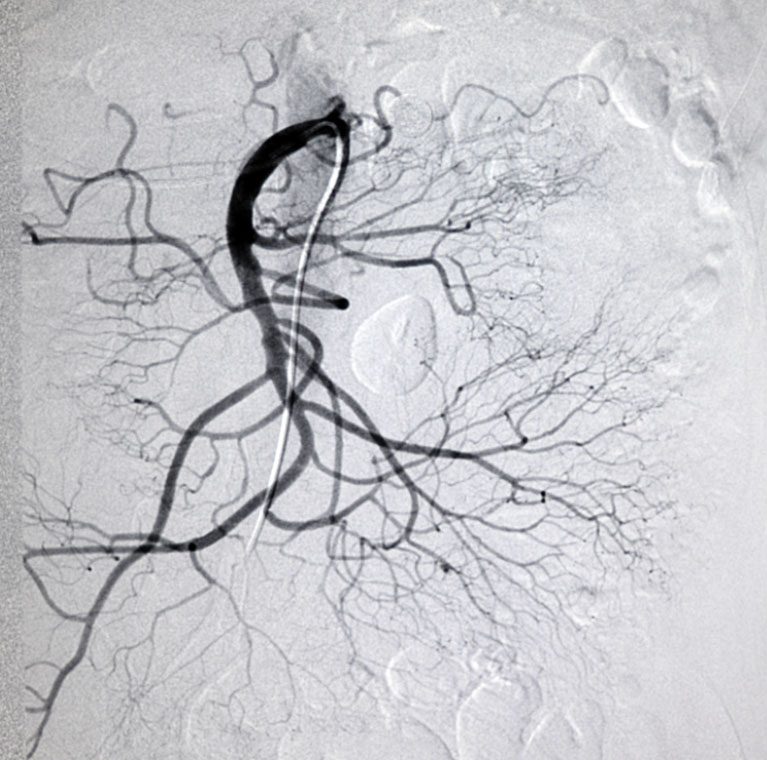
Mesenteric Arteries
(CT Scan)
What are the potential complications of these conditions?

Acute mesenteric artery insufficiency can cause life-threatening necrosis (death) of the intestines.

Chronic mesenteric artery insufficiency can lead to severe abdominal pain, weight loss, and digestive issues, which, if left untreated, can also result in life-threatening intestinal damage.
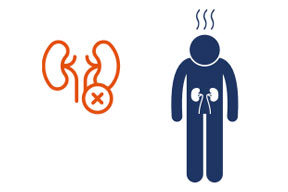
Renal artery insufficiency may cause high blood pressure and kidney problems, possibly leading to kidney failure.
How are renal and mesenteric artery insufficiency treated?
Treatment options depend on the severity of the condition, your overall health, and the specific artery affected. The main treatment approaches include:
Non-Surgical Treatment

Medications
Certain medications can help control blood pressure and improve blood flow to the kidneys or intestines. For example, antihypertensive drugs can be used to manage high blood pressure.

Lifestyle changes
It's essential to make healthy choices in your daily life to improve your overall vascular health. This includes quitting smoking, adopting a heart-healthy diet, and getting regular exercise.
Surgeries for mesenteric artery insufficiency
In severe cases or when other treatments are ineffective, surgical procedures may be necessary:

Angioplasty
This minimally invasive procedure involves inserting a catheter with a deflated balloon into the blocked artery. When the balloon is inflated, it pushes the plaque against the artery walls, restoring blood flow. After angioplasty, a stent (a small tube) can be inserted to help keep the artery open.

Thrombectomy
If a blood clot is causing the blockage, a procedure called a ‘thrombectomy’ may be performed to remove the clot. This can be performed with minimally invasive (endovascular) techniques or with open surgery.
Read more about endovascular surgery

Bypass surgery
If you have a severe artery blockage, Dr Theivendran may perform open surgery to create a bypass using a healthy blood vessel from another part of your body.

Endarterectomy
This open surgical procedure involves removing the plaque build-up from the artery walls.
Read more about open vascular surgery
How Dr Theivendran can help
If you have been diagnosed with renal or mesenteric artery insufficiency and non-surgical treatments haven’t worked, ask your treating doctor for a referral to Dr Theivendran, an experienced Vascular and Endovascular surgeon.
He will assess your condition and, if appropriate, discuss surgical options that can bring you lasting pain relief and peace of mind.
If you have any questions, please don't hesitate to contact our rooms on (02) 9066 6547
For appointments and enquiries:
Monday - Friday: 8:00am to 4:30pm
Fax: (02) 9182 7533